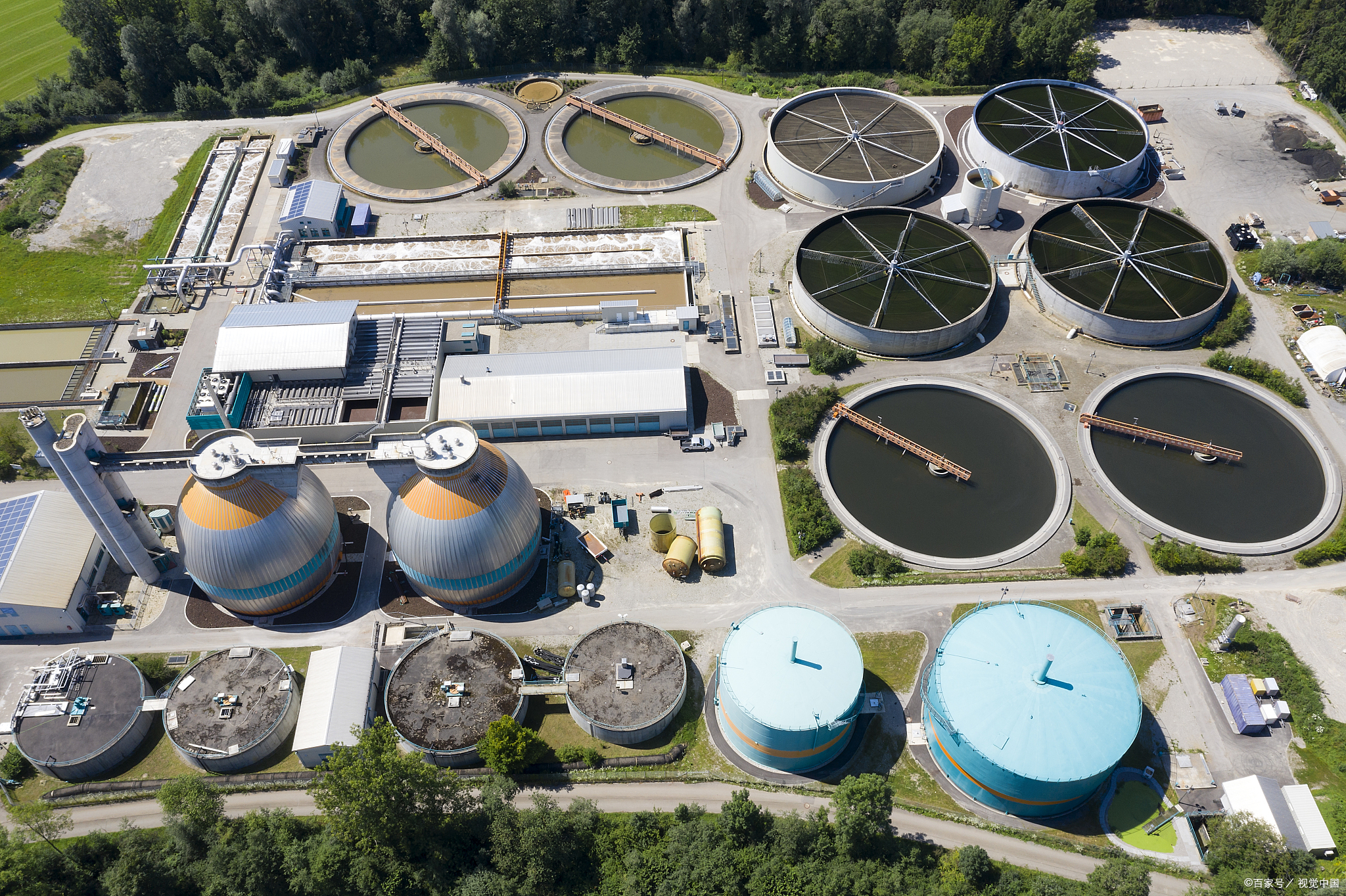Progress in the study of key influencing factors on the methane production efficiency of anaerobic digestion of livestock and poultry manure
Guide:
Under the background of the gradual scale of livestock and poultry farming, the manure produced by large-scale farming has the characteristics of large concentrated emission and strong disposal demand, which provides an opportunity for the use of anaerobic digestion technology to dispose of livestock and poultry manure to achieve the maximisation of biogas production and capacity benefits, which is fully in line with the needs of China's energy structure optimisation and carbon neutral strategy. However, due to the complexity of the components of livestock and poultry manure, the many operating conditions of anaerobic digestion, and the limitation of the reaction rate of the technology itself, the anaerobic digestion technology in the disposal of livestock and poultry manure has the defects of low efficiency of gas production and poor stability of the process, and it is particularly important to master the key factors influencing the efficiency of its methane production. In this paper, we analyse and introduce the characteristics of different livestock and poultry manure and the reasons affecting the potential of anaerobic digestion for methane production, review the recent studies on the effects of temperature, pH, ammonia and other major environmental factors of anaerobic digestion of livestock and poultry manure, as well as external control factors such as feed load and feed mode, on the efficiency of methanogenic production and the abundance of microbial communities, and explore the role of auxiliary methods such as the addition of functional bacteriophages and electrically conductive materials in improving the efficiency of the system and the feedback of the system microorganisms. The effects of adding functional bacterial agents, conductive materials and other auxiliary methods on the methane production efficiency of the system and the feedback mechanism of the microorganisms in the system were investigated.
China's livestock industry generates nearly 4 billion tons of manure annually, a significant pollution source with high organic content and low treatment rates. Anaerobic digestion (AD) offers a solution for waste reduction and renewable biogas (methane) production. However, the process's stability and efficiency are challenged by the complex microbial interactions involved, particularly the sensitive syntrophic relationship between acid-producing bacteria and methanogenic archaea.
1. Methane Potential of Different Manures:
Cattle Manure: Highest lignocellulosic content, lowest readily degradable organics, thus lowest methane potential (130-139 mL/g VS). Benefits from pre-treatment, co-digestion (e.g., with food waste), or additives (e.g., rumen fluid microbes).
Swine Manure/Wastewater: Complex composition, medium methane potential. Total Solids (TS) content in wastewater significantly impacts efficiency, with optimal ranges around 6-10%; higher TS can cause inhibition from VFAs/ammonia.
Chicken Manure: Highest nutrient and protein content, highest theoretical methane potential. However, high ammonia nitrogen release poses a major inhibition risk, often requiring dilution (lower TS) for stable operation. High-solids AD of chicken manure is challenging.
2. Key Environmental Influencing Factors:
Temperature: Mesophilic (35-40°C) is generally optimal for microbial diversity and stability, balancing efficiency and energy cost. Thermophilic offers higher degradation but lower diversity and higher energy input.
pH: Critical for methanogens, especially acetoclastic ones (e.g., Methanosarcina, Methanothrix), which prefer pH 6.8-7.2. pH < 5.5 severely inhibits methanogenesis. pH also influences VFA composition.
Ammonia Nitrogen (TAN/FAN): Essential nutrient but inhibitory at high concentrations. High ammonia shifts microbial communities, favoring hydrogenotrophic methanogens (e.g., Methanoculleus) over sensitive acetoclastic ones, and can lead to process failure. Optimal C/N ratio is important.
3. Operational Parameters:
Organic Loading Rate (OLR) / Hydraulic Retention Time (HRT): Shorter HRT (higher OLR) increases gas production but risks VFA accumulation (especially propionate) and inhibition. Co-digestion can improve efficiency and allow higher OLR. Mixing and pre-treatment can help reduce required HRT.
Feeding Strategy: Continuous feeding generally promotes stability by avoiding substrate concentration spikes. Higher feeding frequency under high OLR can prevent VFA accumulation and process imbalance.
4. Strategies for Enhancement:
Bioaugmentation: Adding specialized microbial consortia (e.g., for hydrolysis, acidogenesis, or methanogenesis) can improve startup, degradation rates, and system recovery. A key focus is enhancing Direct Interspecies Electron Transfer (DIET), a faster electron transfer mechanism between bacteria (e.g., Geobacter) and methanogens (e.g., Methanosarcina, Methanothrix), boosting methane production rates.
Conductive Materials: Adding materials like biochar, activated carbon, or magnetite facilitates DIET by providing electrical conduits, adsorbing inhibitors (e.g., ammonia), and supporting microbial growth, thereby improving methane yield and process stability.
Non-Conductive Materials: Materials like plastics can sometimes improve digestion by providing biofilm attachment surfaces, but their effects are variable and high concentrations can be inhibitory.

Conclusion & Future Perspectives:
AD is crucial for managing livestock manure and producing renewable energy. Enhancing efficiency requires understanding the specific properties of different manures and optimizing critical parameters (temperature, pH, ammonia, OLR/HRT). Future research should focus on:
Deepening the understanding of DIET mechanisms and engineering specialized microbial consortia/modified materials to optimize this process.
Developing intelligent AD equipment with advanced sensors and automated controls for precise, real-time parameter management to maximize stability and efficiency.
